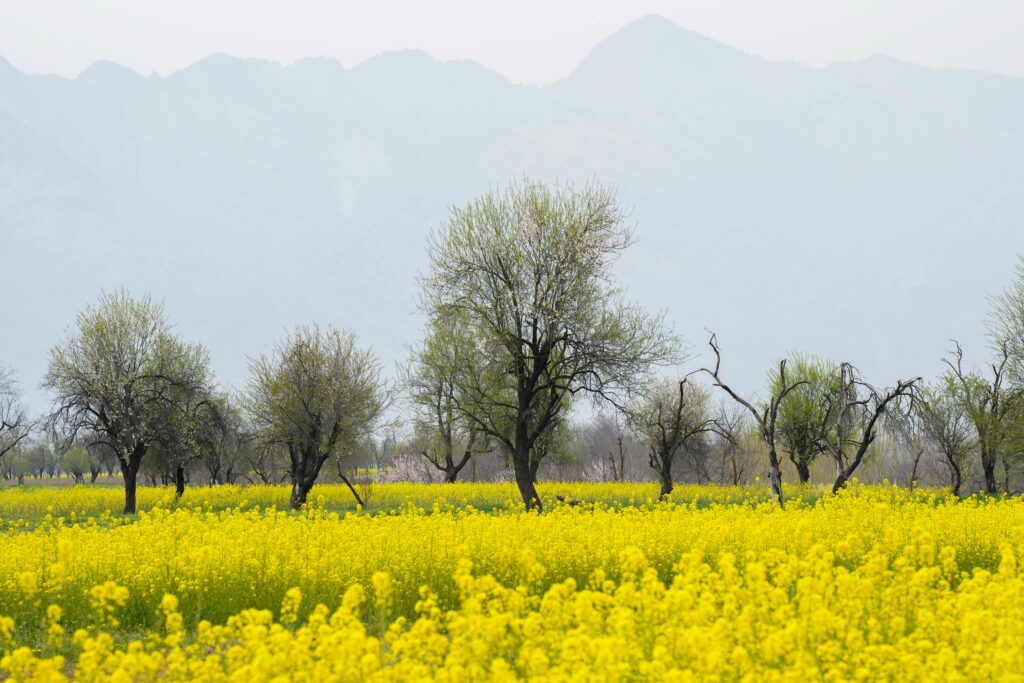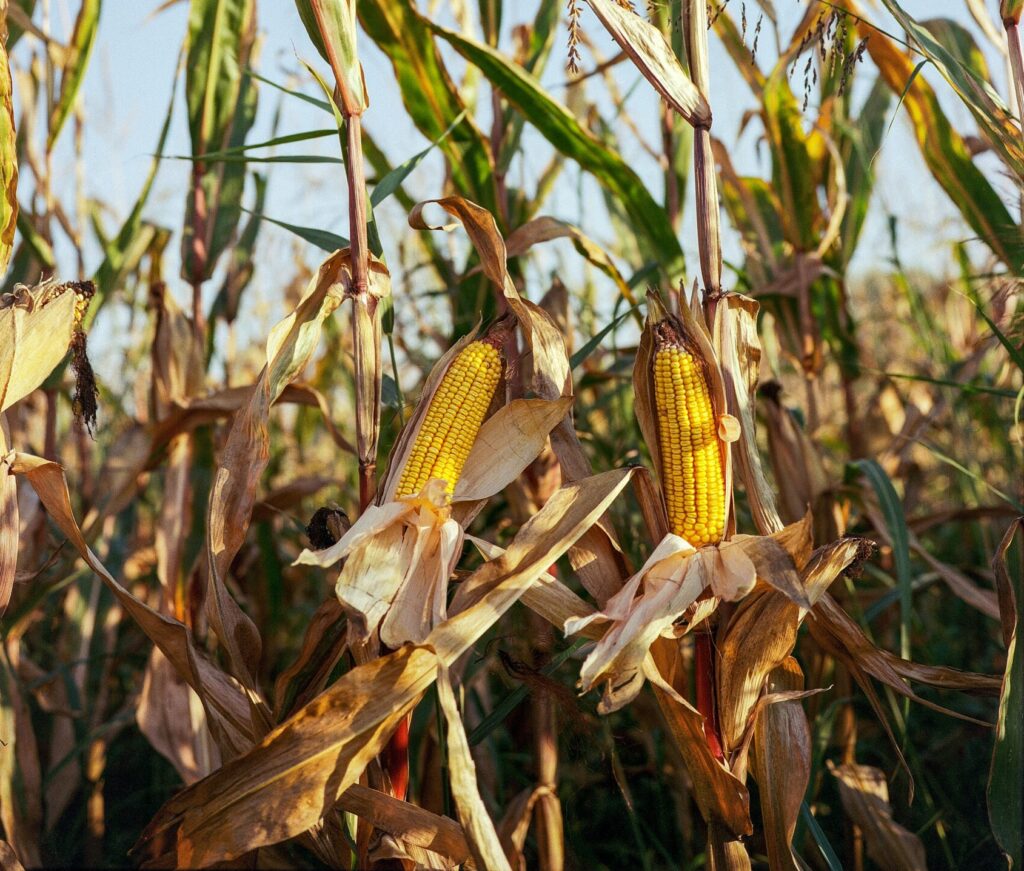Wheat is one of the most widely cultivated crops in the world, essential for producing flour, bread, pasta, and countless other food products. However, not all wheat is the same; different types of wheat have unique characteristics that make them suitable for specific uses. Here, we’ll explore the main types of wheat, their properties, and the products they’re most suited for.
Hard Red Winter Wheat
- Characteristics: Hard red winter wheat has a high protein content, generally around 10-12%, which makes it ideal for bread-making. The hard kernels contain strong gluten, contributing to the chewy texture of baked bread.
- Uses: Primarily used for yeast breads, rolls, and all-purpose flour.
- Growing Regions: This wheat is typically grown in the U.S. Great Plains, with significant production in Kansas, Oklahoma, and Texas. It’s planted in the fall and harvested in early summer, making it adaptable to colder winters.
Hard Red Spring Wheat
- Characteristics: Hard red spring wheat is known for its even higher protein content, usually between 13-15%, making it ideal for hearty, chewy breads and artisanal baking.
- Uses: Often used in high-quality bread flours, it’s essential for products like bagels, pizza crusts, and artisan breads that require strong gluten.
- Growing Regions: This wheat is typically grown in northern states like North Dakota, Minnesota, and Montana. It’s planted in the spring and harvested in late summer or early fall.
Soft Red Winter Wheat
- Characteristics: Soft red winter wheat has a lower protein content, around 8-10%, making it ideal for baked goods that require a finer texture.
- Uses: Best for pastries, cookies, cakes, and crackers where tenderness is key. It is not commonly used for bread due to its lower gluten content.
- Growing Regions: It’s grown in regions with milder winters, including parts of the Eastern United States and the Southern Plains.
Durum Wheat
- Characteristics: Durum wheat is a hard wheat with a unique amber color and the highest protein content of all wheat types. It has a dense texture and high gluten strength, making it perfect for pasta.
- Uses: Primarily used in pasta and couscous, as well as some specialty breads like semolina-based breads.
- Growing Regions: Majorly cultivated in North Dakota in the U.S., as well as in Italy and Canada, where it’s used to produce semolina for pasta manufacturing.
Hard White Wheat
- Characteristics: Hard white wheat is lighter in color with a milder flavor compared to red wheats. It also has a moderate protein content, similar to hard red wheats, and is known for its slightly sweet taste.
- Uses: Popular for making whole wheat products, such as breads and tortillas, where a lighter color and flavor are desired.
- Growing Regions: This wheat is commonly grown in Kansas, Colorado, and Nebraska.
Soft White Wheat
- Characteristics: Soft white wheat has a low protein content and soft kernels, making it ideal for products that don’t need a strong gluten structure.
- Uses: Used for pastries, cakes, and Asian noodles, as well as crackers and cereals.
- Growing Regions: Mainly grown in the Pacific Northwest and California, as it thrives in mild, wet climates.
Right Wheat for Your Needs
Each type of wheat serves a distinct purpose based on its protein content, gluten strength, and texture. Understanding these differences is important not only for farmers choosing which wheat to cultivate but also for consumers and bakers selecting the best flour for their recipes.
The world of wheat is as diverse as the products it creates. From the hearty bread made with hard red spring wheat to the silky noodles made from soft white wheat, each type brings unique qualities to the table. By choosing the right type of wheat, both farmers and consumers can ensure they’re making the most of this versatile grain.
















